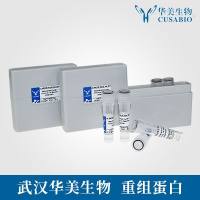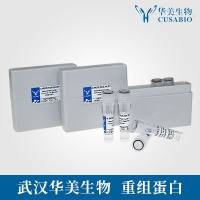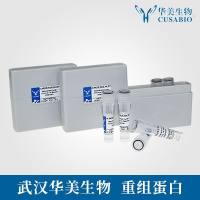Amphipols and Fluorinated Surfactants: Two Alternatives to Detergents for Studying Membrane Proteins In vitro
互联网
569
Handling integral membrane proteins in aqueous solutions traditionally relies on the use of detergents, which are surfactants capable of dispersing the components of biological membranes into mixed micelles. The dissociating character of detergents, however, most often causes solubilized membrane proteins to be unstable. This has prompted the development of alternative, less-aggressive surfactants designed to keep membrane proteins soluble, after they have been solubilized, under milder conditions. A short overview is presented of the structure, properties, and uses of two families of such surfactants: amphiphilic polymers (“amphipols”) and fluorinated surfactants.









